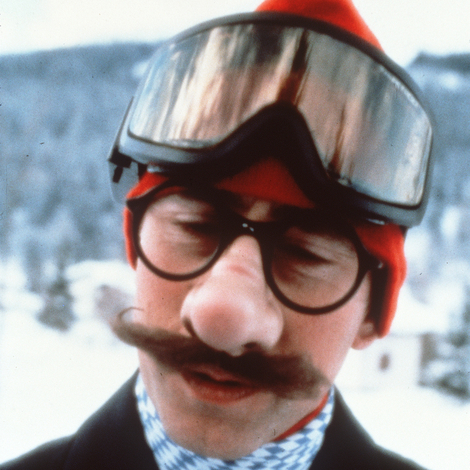It sounds like Maeve Brennan had the easiest job in the world.
From 1954 to 1981, the Irish journalist and short-story writer sat in Manhattan’s cheaper bars and restaurants, martini in hand, and wrote down what she saw for The New Yorker.
In fact, Brennan was a genius at the art of intense observation. That genius was increasingly forgotten by the world as she fell prey to alcoholism and paranoid mental illness in later years. A brief 1954 marriage to St. Clair McKelway, The New Yorker’s drunken, philandering managing editor, lasted five years.
Broke and homeless, she took to sleeping in the bathroom at The New Yorker. In 1987, she was spotted in the magazine’s entrance hall, a crumpled, puzzled wreck, staring at the floor, banned from entering the office. What a fall from grace for the youthful, gamine beauty whom, some say, her New Yorker colleague Truman Capote used as a model for Holly Golightly in Breakfast at Tiffany’s. She spent her last years in a nursing home in Queens, where she died in 1993 of a heart attack.
Broke and homeless, she took to sleeping in the bathroom at The New Yorker.
Now her gifts are finally being recognized. A plaque was recently unveiled at her childhood home in Dublin, where she lived from 1921, aged four, until her family moved to Washington, D.C., in 1934, when her father became the Irish Free State’s first minister to the United States. And her collected New Yorker pieces, published in the U.S. in 2016, came out in Britain earlier this year. The title of the book, The Long-Winded Lady, was also Brennan’s nickname in the New Yorker office.
She isn’t long-winded—the 47 pieces in the new collection take up only 212 pages. And in her short, pithy essays, Brennan reveals herself to be the greatest outsider to really get New York.
“New York is not hospitable,” she writes in one essay. “She is very big and has no heart. She is not charming. She is not sympathetic.... When she glitters, she is very, very bright, and when she does not glitter, she is dirty.... At home or away, we are homesick for New York not because New York used to be better but because the city holds us and we don’t know why.”

Like all the best journalists, Brennan removed herself from her descriptions—“There is a great deal of virtue,” she wrote, “in being unseen.” And she chose her observation spots well: “Small, inexpensive restaurants are the home fires of New York City.”
She migrated from cheap hotel to cheap hotel, finding fresh hunting grounds for surveillance. At various times, she lived in hotels on Sullivan Street, Hudson Street, and East 86th Street, by Central Park.
Brennan had her favorite places in the city—and her least favorite: “I have been trying to think of one good thing to say about Sixth Avenue.... Sixth Avenue possesses a quality that some people acquire, sometimes quite suddenly, which dooms it and them to be loved only at the moment when they are being looked at for the very last time.”
“At home or away, we are homesick for New York not because New York used to be better but because the city holds us and we don’t know why.”
New York has changed immeasurably in the 30 years since Brennan’s death, but many of her judgments remain true. Sixth Avenue still doesn’t grab you by the heart.
With laser vision, she scanned her fellow diners and drinkers, down to the tiniest detail. Here she is on two girls in the Adano Restaurant, on West 48th Street, in 1966:
“Their dresses did all the work—slinky, skintight, slithering dresses that recalled the body of Circe, the gestures of Salome and the intentions of Aphrodite.... Their closed faces and their positive, concentrated gestures excluded every single thing in the world except themselves.”
Brennan had extrasensory perception—she drew sharp, convincing character sketches from looks alone. In 1967, when she spotted Julie Andrews on a filming break in the Algonquin Hotel, Andrews “froze in fury. Behind her sandwich, she was at bay, her hungry face glazed with anger.”
She had a rare eye for buildings too: “As her doomed neighbors came tumbling down—no dignity, all secrets exposed—the Whitney huddled more and more into herself, like a poor old woman pulling her shawl around her shoulders in wintertime.”
While pretending to read, Brennan picked up conversational nuggets such as this one, from a young man to a young woman in Le Steak de Paris in 1961: “All right, if you must have a definition, I am a Socialist who is interested in life.”
Maeve Brennan couldn’t exist today—her brilliant observations of people behaving naturally would now all be of people on cell phones. And a broke journalist in New York couldn’t afford to spend her days living in hotels and eating out for every meal. I certainly couldn’t have done so, even 18 years ago, when I was a foreign correspondent in New York—and expenses were generous.
New York in its golden—but reasonably priced—age found its most perceptive observer.
Harry Mount was the New York correspondent for The Daily Telegraph


